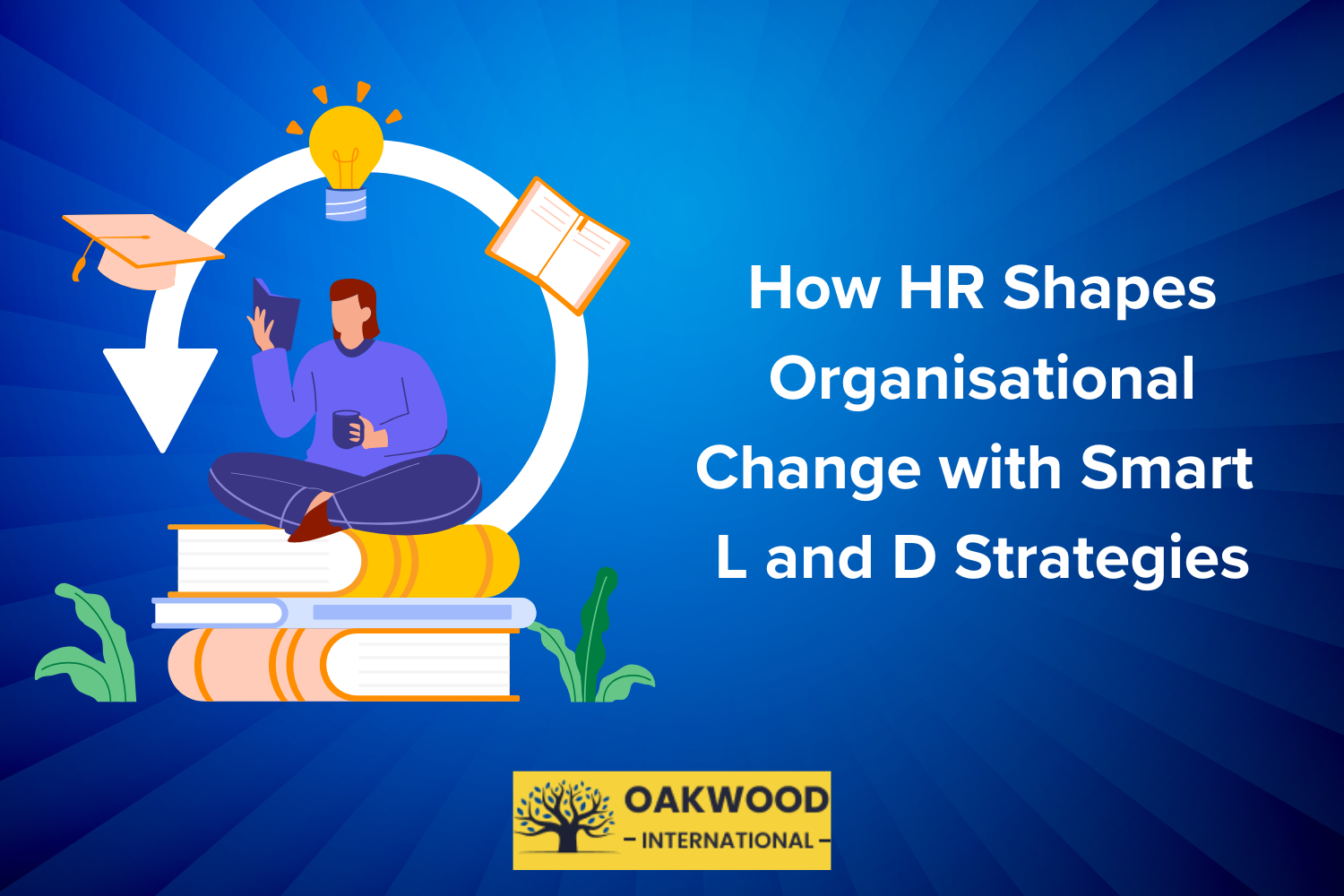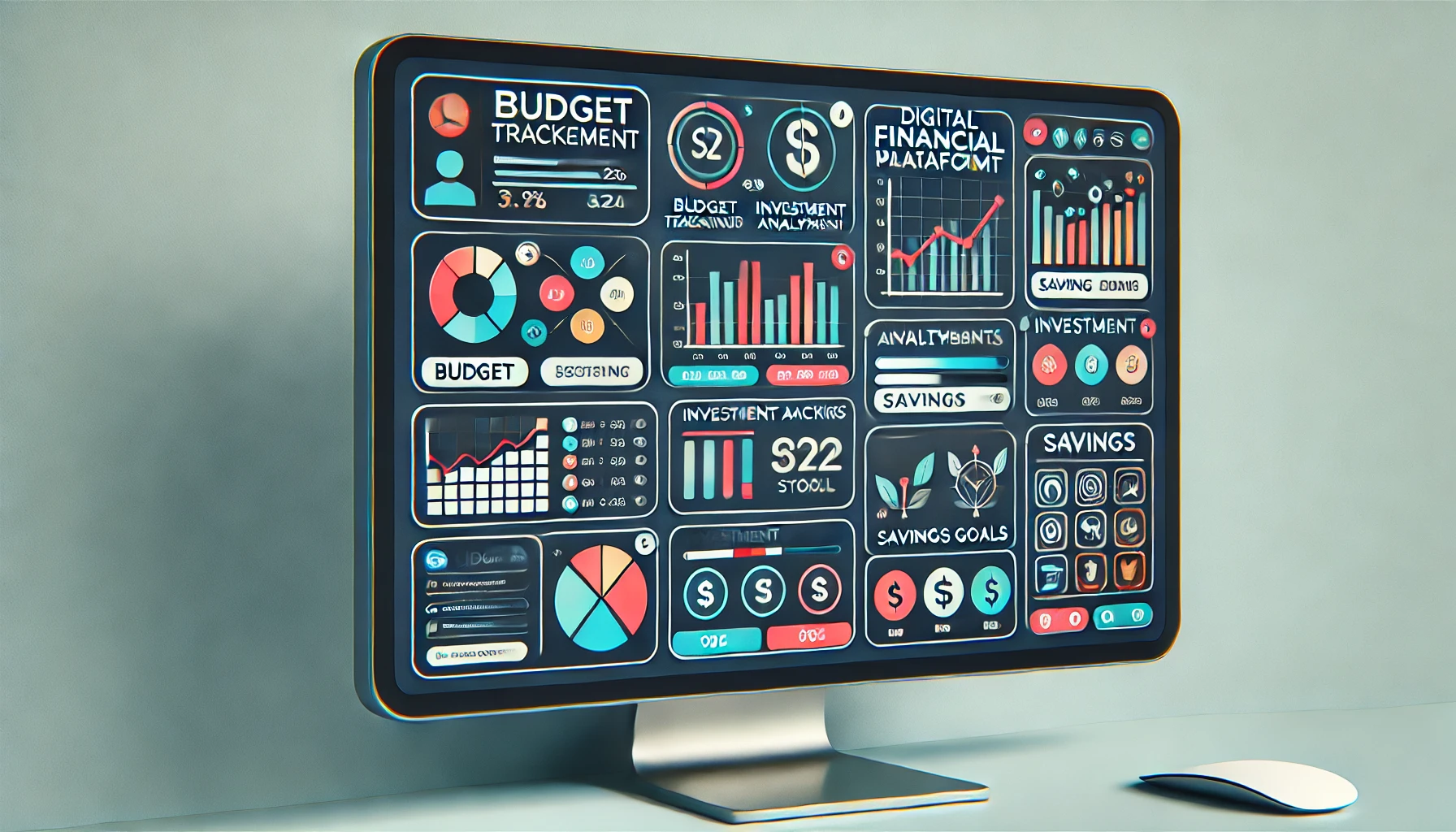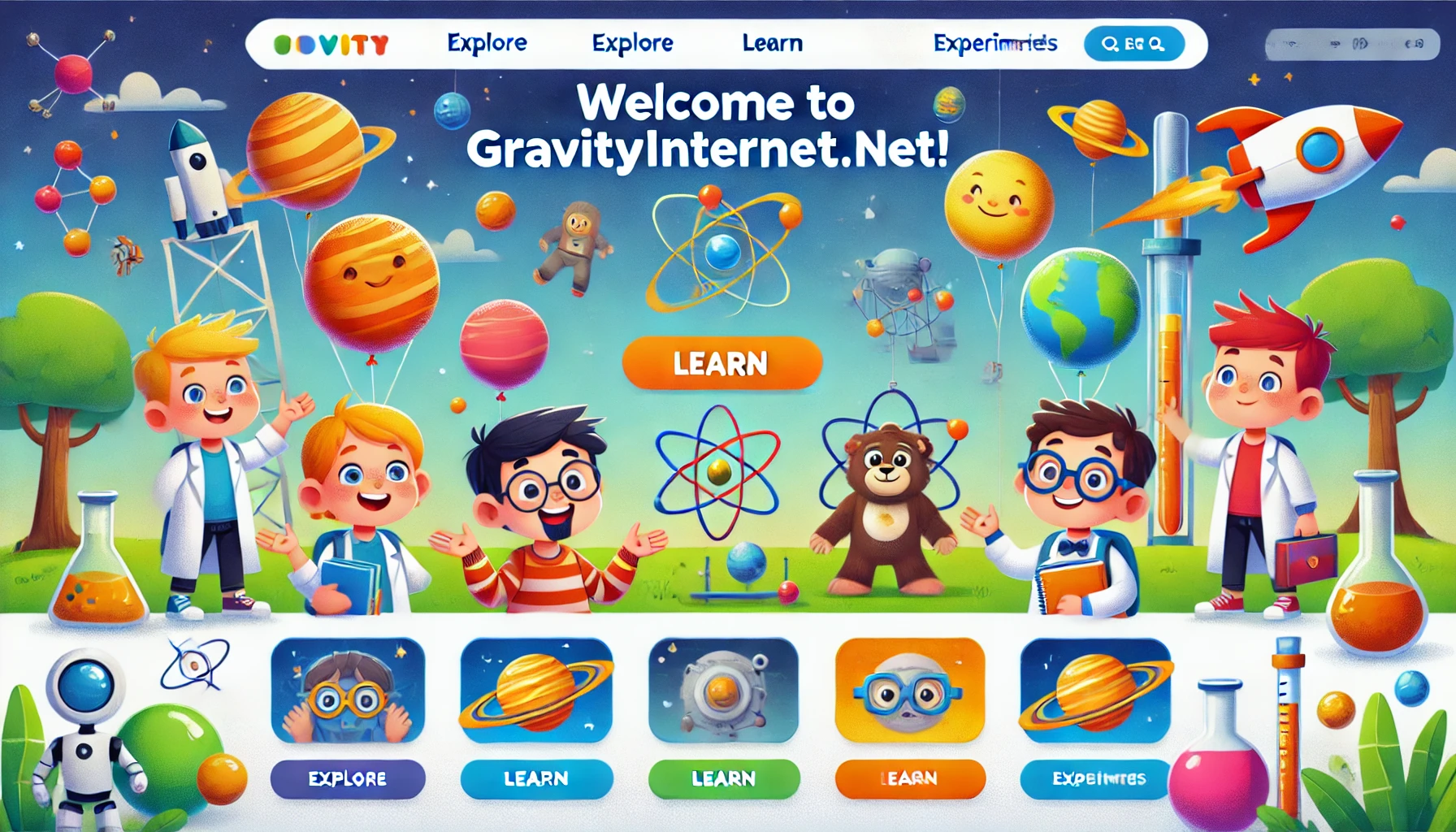How HR Shapes Organisational Change with Smart L and D Strategies
What if you could unlock the full potential of your HR department and turn it into the driving force behind your organisation’s transformation? By leveraging the right Learning and Development (L&D) strategies, HR can be more than just a support function; it can be a powerful catalyst for change.
If you are considering pursuing a CIPD Qualification, it is a significant step towards sharpening your HR skills. If you are keen to discover the L&D Secrets Every HR Needs, this blog will help you implement strategies that enhance employee skills and shape business’s culture.
Table of Contents
- HR’s Role in Driving Organisational Change Through L&D
- How HR Can Build Smart L&D Strategies for Business Growth
- Conclusion
HR’s Role in Driving Organisational Change Through L&D
L&D now goes beyond simply equipping staff members for their present roles. It encourages a continuous improvement culture suitable for corporate objectives in the present work environment. Whether implementing new technology or adjusting to market changes, effective L&D plans are crucial for arming staff members with the tools they need to negotiate change.
Strategic alignment of learning efforts with corporate goals helps HR departments promote organisational development and enable teams to remain nimble. By teaching staff members leadership or communication, HR may ensure the business stays strong despite obstacles or market upheavals.
How HR Can Build Smart L&D Strategies for Business Growth
A good L&D strategy knits together customised programmes, technology, and learning culture to produce a seamless and strong development plan for staff. Let’s explore how HR can create wise L&D programmes and change organisational performance:
Aligning L&D with Business Goals
HR must ensure that L&D initiatives fit the company’s particular requirements if they are to inspire actual transformation. A one-size-fits-all solution just won’t be sufficient. Through detailed analysis of corporate goals, HR can design L&D projects that directly address areas for development and improvement.
HR might suggest training courses in data analysis, cybersecurity, or digital marketing if a business wants to raise its digital capabilities. This calculated strategy guarantees that staff members not only acquire pertinent skills but also know how their knowledge helps the company to be more successful overall.
Customising L&D plans also enhances staff involvement. Workers who link their personal growth to the business’s success are more likely to make learning investments. Close cooperation between HR staff and leaders will help them identify meaningful goals and create initiatives that meet those demands.
Integrating Technology for Effective Learning
Technology is transforming our interaction with training resources and the learning process. HR can produce more flexible, customised, and effective L&D experiences using this trend. Emerging e-learning platforms, virtual classrooms, and AI-driven learning technologies give HR exceptional opportunities to help staff members flourish without interfering with their regular work.
An AI-powered learning platform can provide tailored learning courses depending on staff members’ present competencies and career goals. HR departments can combine various technologies to allow staff members to study at their own pace, anywhere, anytime, hence increasing engagement and knowledge retention among them.
Technology lets HR departments monitor staff members in real time, spot skill shortages, and offer focused interventions when needed. Furthermore, data analytics measuring learning results guarantees the ongoing improvement of HR and optimisation of the L&D plan.
Creating a Continuous Learning Culture
One of the most effective ways HR may propel long-lasting transformation in a company is by fostering a learning culture. This is not only about providing training courses. It is also about instilling in every employee the attitude that learning is a continuous process.
Encouragement of employees to take responsibility for their learning and development can help HR significantly contribute to developing this culture. Acknowledging and praising staff members for their learning successes helps inspire them to participate in personal development even more.
HR can also present mentoring and coaching initiatives in which seasoned leaders help younger workers grow professionally. This mentoring programme encourages knowledge exchange and teamwork and helps staff members develop their competencies.
Conclusion
Smart L&D initiatives present HR with a unique opportunity to propel revolutionary change. By matching learning initiatives with corporate needs, including technology, and creating a learning culture, HR can guarantee that the company stays flexible and competitive. If you want to take your understanding of L&D to the next level and implement these approaches successfully, consider Oakwood International training to advance your expertise.










